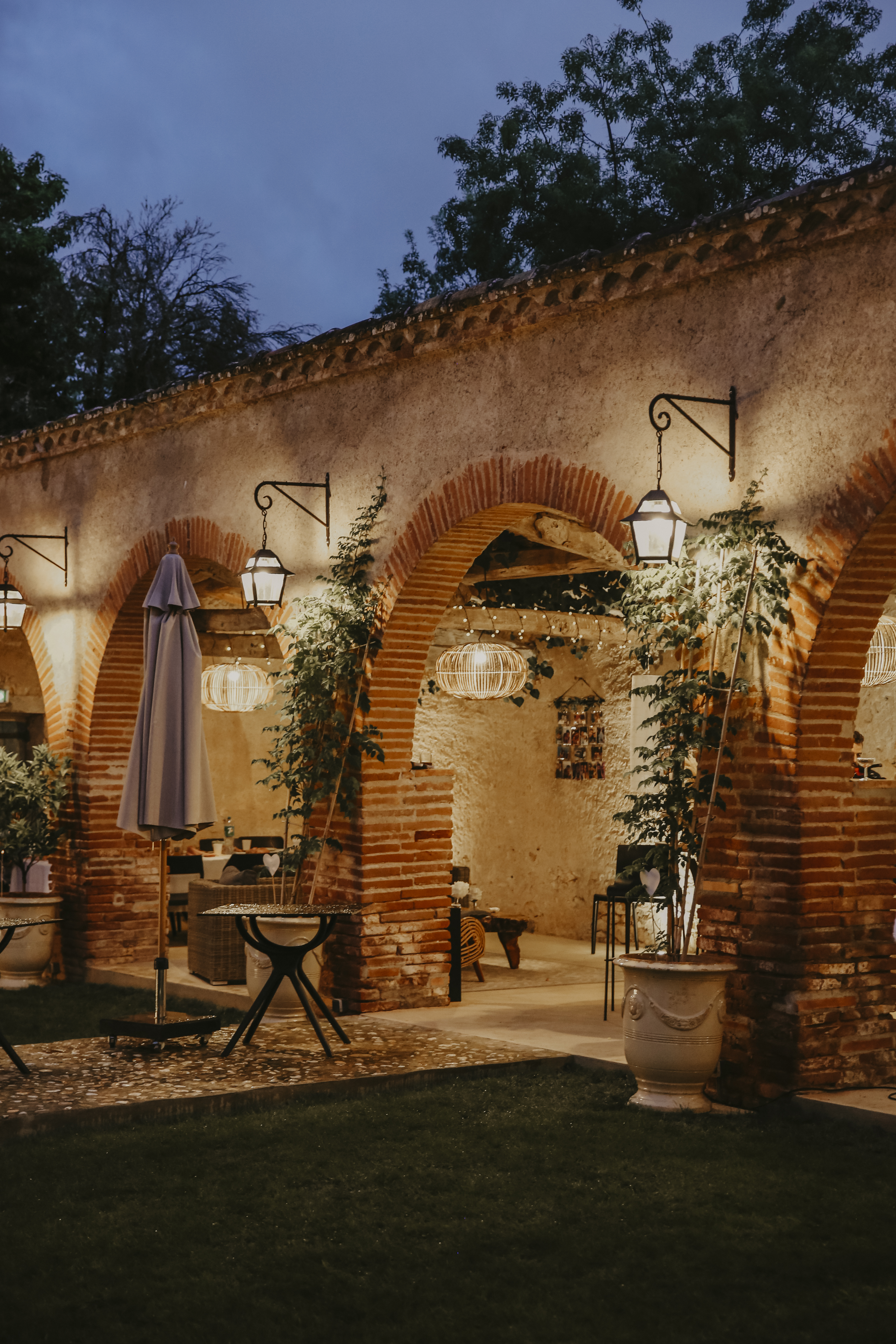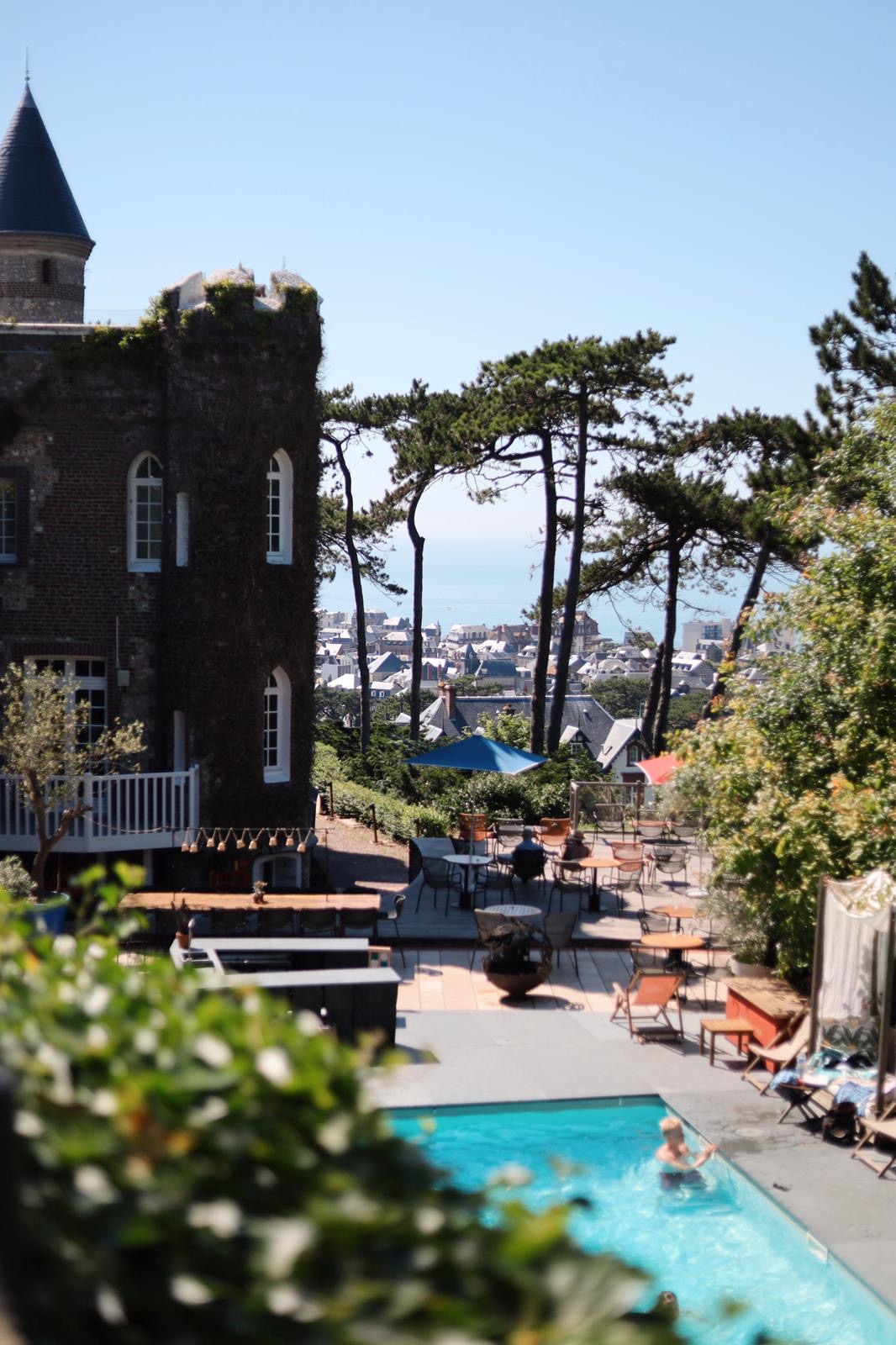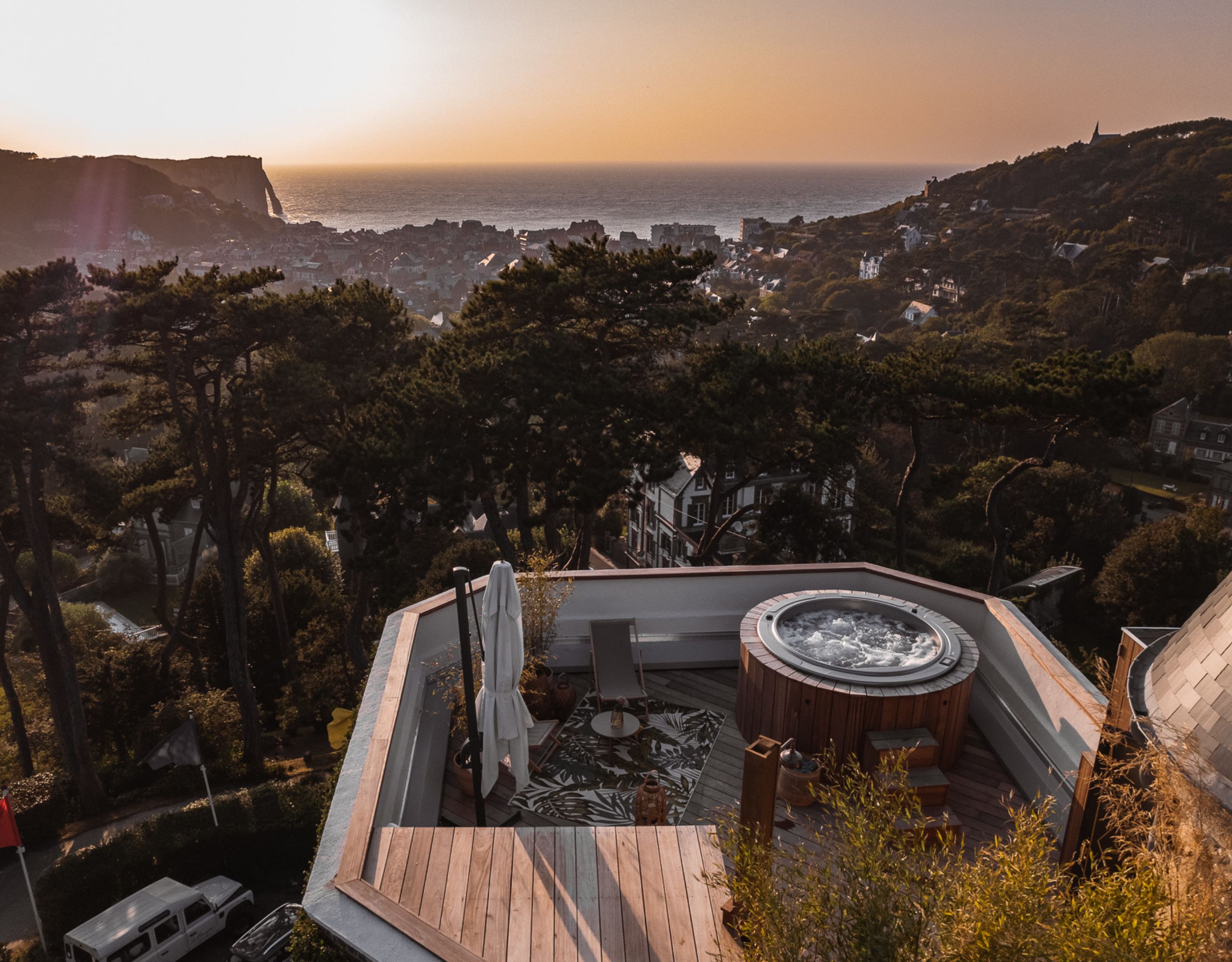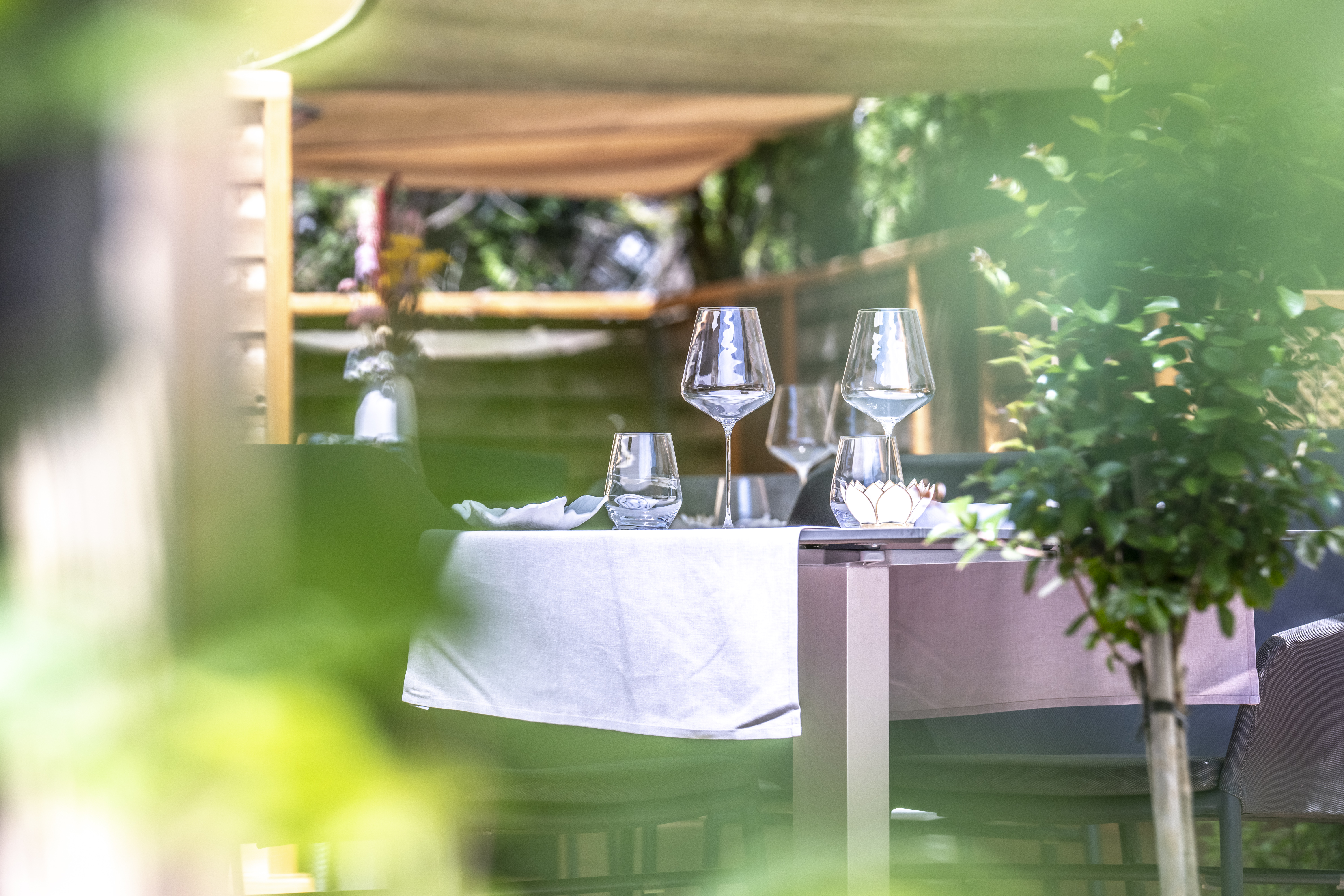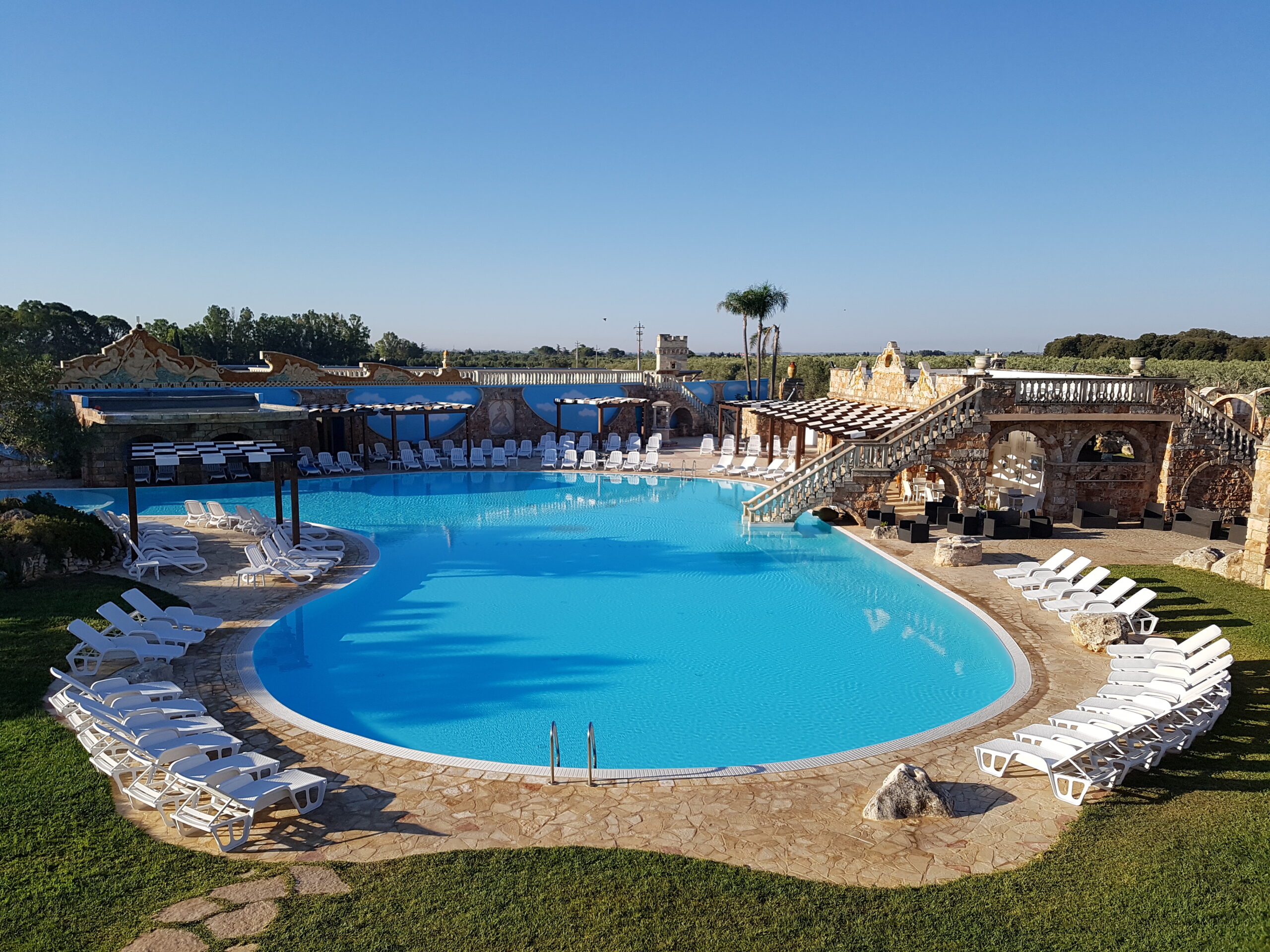Explore the Belfry Route in the Hauts-de-France region: Dunkirk, Lille, Douai, Cambrai, Arras, Béthune… These urban sentinels, recognized by UNESCO, embody the identity of the northern cities and the history of a fiercely defended communal freedom.
Cover photo: Village of Septmonts, Aisne, Hauts-de-France © Shutterstock / Alexandra.ROSA
The Hauts-de-France region boasts a remarkable collection of belfries, grouped under the title “Belfries of Belgium and France“. Born from the power of the medieval communes, these towers marked the hour, sounded the alarm, safeguarded charters and watched over the squares. They are recognisable by their slender silhouettes, chimes and clocks, watch platforms, spires or weather vanes, often built in brick and pale stone.
What is a belfry?
Larousse defines it as a “city tower […] where guards were stationed to watch over the countryside and a bell was hung to sound the alarm.” Beyond this function, the belfry came to symbolise civic freedom: the emblem of a city’s rights, often attached to the Town Hall, the heart of public life.
In the Middle Ages, the belfry bell regulated communal time, announced markets and celebrations, and often safeguarded charters, seals and archives in a secure room. Unlike a church bell tower, the belfry was under municipal authority and embodied the city’s ability to organise itself, levy taxes, protect its inhabitants and foster trade.
Along the Belfry Route: Inspiring Stops
Dunkirk — Two Towers, One Pride

Discover the Saint-Éloi Belfry: a climb, lift then stairs, to a 360° panorama of the town, the harbour and the beach.

Visit the Town Hall Belfry: open on special occasions (Heritage Days, Architecture Days), it celebrates the epic story of Jean Bart through a monumental stained-glass window.
Carry on your visit with a stroll from the Quai des Hollandais to the East Pier, where the chimes mingle with the sounds of the harbour. In the old town, taverns offer hearty food, the perfect comfort after the climb. On clear days, you can spot the silvery line of sandbanks edging Malo-les-Bains.
Lille — France’s tallest belfry
At the foot of the Town Hall, the Art Deco belfry rises 104 metres high (400 steps). It offers one of the most spectacular panoramic views of the city. Book a tour of Lille’s belfry to experience the magic of the carillon and the Flemish rooftops.

From the platform, the alignment of the squares and the jumble of Flemish rooftops create a relief map of the metropolis. Inside, the Art Deco belfry reveals glazed bricks, ironwork and 1930s typography. Below, the Town Hall displays its rhythmic façade like a theatre set, the perfect starting point for exploring the old stock exchange and the shopping streets.
Armentières & Bailleul — Flemish Renaissance
In Armentières, the 67-metre belfry survived the wars before being rebuilt in a Flemish Neo-Renaissance style.

In Bailleul, the yellow-brick tower (around 200 steps) dominates the Flanders hills: on a clear day, the plain stretches as far as the Lys valley.
Between Armentières and Bailleul, the Lys valley offers gentle paths linking villages, mills and meadows. Climb it in the late afternoon, when the slanting light illuminates the brickwork and lengthens the shadows on the Flanders hills. And for food lovers, craft breweries and local cheese dairies reveal another side of the region’s heritage.
Bergues — golden stones and cinema
206 steps up, light glides over the ramparts and the countryside. The Bergues belfry, a UNESCO World Heritage Site, carries the atmosphere made renowed by Welcome to the Sticks. A visit to the belfry is worth every step.

The ramparts can be explored at a leisurely pace, in step with the canals and hanging gardens. Cobbled streets, gabled houses and rows of façades create an intimate setting. From above, the geometric layout of the fortifications and the mosaic of meadows stretch all the way to the North Sea.
Douai — The City of Carillons
Gothic and proud, the Douai belfry sets the pace of the city with the sound of its famous carillon. A visit reveals the delicate lacework of its arches and, from the top, sweeping views over the Scarpe River. A must-see for anyone who enjoys the music of bells.

Regular carillon concerts envelop the city in crystal-clear music. Inside the tower, centuries-old mechanisms set bells and hammers in motion, a delicate feat of engineering that fascinates young and old alike. After your descent, stroll along the Scarpe River and let the Gothic details of the gateways lead you to the lively squares.
Cambrai — a dialogue with Saint-Martin
The Cambrai belfry lost its twisted spire in the 18th century, replaced by a dome topped with a lantern. At its base, sculptures recount episodes of local history. In the past, watchmen, known as gallus, rang the bell to signal curfew and raise the alarm.

The route reveals a subtle dialogue between white stone and slate. Classical façades stand beside medieval relics, bearing witness to a city that has risen from the ashes more than once. As you stroll along, stop at a sweet shop for a mint-flavoured bêtise, a local delicacy that will make your visit last a little longer.
Comines — the elegance of Cordonnier
Rebuilt in the late 1920s by Louis-Marie Cordonnier, the Comines belfry combines tower and town hall in a Flemish Neo-Renaissance design of rare harmony. A must for architecture enthusiasts.

The composition blends red brickwork, carved stone and sloping roofs. From the tower, you can take in the ribbon of the Lys and the pattern of the shopping streets. In the evening, the lighting highlights the columns and gables, giving the belfry the air of a benevolent watchman.
Gravelines — Small in size, big on views
Rising 27 metres high, the Gravelines belfry offers superb views over the fortified town, the quays and the boats. Perfect in summer or during Heritage Days.

The star-shaped citadel is perfectly visible from the top of the tower. The view stretches from the bastions to the canals and out to the estuary. The town has a distinctive maritime charm, with its salty sea air, fishing boats and towpaths.
Loos — Neo-Flemish Vocabulary
Built of red glazed brick, with turrets and machicolations, the 38-metre belfry of Loos illustrates the unique blend of French and Dutch Flanders. A must for anyone who appreciates architectural detail.
The watchtowers, battlements and machicolations provide a fine example of Neo-Flemish architecture. The climb reveals the workshops, breweries and old spinning mills that shaped the urban landscape. At the top, the skyline opens onto neighbouring bell towers and wooded parks.
Arras — Place des Héros and Grand Settings
The Arras belfry watches over Place des Héros and the Grand-Place, two Baroque settings unique in Europe. Climb to the top to take in the city’s regular layout and, on your way down, stroll beneath the arcades for a coffee or a local cuisine.

Before climbing the tower, descend into the boves, a network of tunnels carved into the city’s chalky subsoil. From the top, the perfect geometry of Place des Héros and the Grand-Place unfolds like a golden chessboard. As the sun sets, the lighting highlights the pediments and arcades, the ideal moment for a photo.
Béthune — an icon on the Grand-Place
The Béthune belfry rises in the middle of the Grand-Place like a stone beacon. Here, architecture provides the backdrop to daily life: markets, terraces, summer concerts. A visit to the Béthune belfry offers a wonderful glimpse into the town.

Here, the belfry serves as an urban beacon. Its silhouette guides visitors to the Grand-Place and its terraces. At the market, farm produce, butter and local beers fill a simple, authentic basket, ideal for a picnic after your visit.
Aire-sur-la-Lys — in the footsteps of the Lys River
In Aire-sur-la-Lys, the belfry rises in a town of water and bridges. Follow the trail to the banks of the Lys, where heritage meets river tranquillity.
The route runs along the river before leading into the historic centre. Bridges, wash houses and half-timbered houses create a peaceful scene. The climb is rewarded with views of dark rooftops, gardens and the ribbon of the Lys sparkling in the sun.
Boulogne-sur-Mer — Between Ramparts and the Sea Breeze
A maritime town par excellence, Boulogne-sur-Mer combines bustling high streets, ancient ramparts and a lively port atmosphere. A visit to the belfry adds a new perspective to this seaside setting.

Here, the sea is everywhere. From the tower, the fortified upper town stands out clearly before your gaze is drawn to the quays, the ramparts and the skyline. Walk back down the hillside lanes to the harbour, amid sailing boats, fishmongers and the salty scent of the sea.
Which belfry should you visit?
For a first visit, consider Lille (panoramas and Art Deco), Douai (carillons), Arras (a unique urban ensemble), Béthune (Grand-Place atmosphere) and Bergues (ramparts and countryside). If you enjoy spa towns, head to Aire-sur-la-Lys; for the sea, make your way to Boulogne-sur-Mer.

For a day trip from Lille, visit Lille, Armentières and Bailleul for panoramic views, then end the day in Béthune at sunset. If you’re after sea air, head to Bergues, Dunkirk and Gravelines. Lovers of elegant urban settings will prefer Douai, Arras and Cambrai.
FAQ — Your frequently asked questions
Which belfry is the most beautiful?
It’s a matter of taste! Arras charms with its urban setting, Douai with its musicality, Béthune with its central location, and Lille with its dizzying heights. And the most cinematic? Bergues.

Which belfry is the tallest in France?
The Lille belfry rises 104 metres high (400 steps).

What is the purpose of a belfry?
Historically: marking the time, sounding the alarm, serving as a lookout post and safeguarding charters and archives. Symbolically: representing the town’s autonomy and the organisation of community life, often alongside the Town Hall.
What is the difference between a belfry and a church?
A belfry is a civic tower: it belongs to the town. A church is a religious building. It can be confusing when bell towers and belfries stand side by side in the same square, but their functions are different.

Why are belfries built? And why especially in the North?
Because the communes of Flanders and Artois asserted their rights against feudal power very early, the belfry came to symbolise communal freedoms. This phenomenon is found in northern France and Belgium, hence the joint UNESCO listing.
Which belfry should you visit in Lille?
The Town Hall: open to visitors, exceptional views, guaranteed Art Deco immersion.
Recommended itinerary — 3 days on the Belfry Route
Day 1 — Lille, Armentières, Bailleul
Morning: visit to Lille Belfry (booking recommended).
Lunch: market or table d’hôte near the Town Hall.
Afternoon: Armentières then Bailleul, for the neo-Renaissance architecture and panoramic views over the Lys valley.
Day 2 — Bergues, Dunkirk, Gravelines
Morning: visit Bergues belfry (206 steps, wonderful view).
Lunch: Dunkirk harbour (fish market, taverns).
Afternoon: Saint-Éloi belfry in Dunkirk, stop at Gravelines for its panoramic view of the fortified town.
Day 3 — Douai, Cambrai, Arras, Béthune
Morning: Douai and its carillons.
Lunch: Cambrai (discover the dome and sculptures).
Afternoon: Arras (Place des Héros, visit the belfry), end the day in Béthune to soak up the atmosphere of the Grand-Place.
Sustainable transport: high-speed rail links to Lille-Flandres, a dense network connecting towns and cities, and short journeys, ideal for hopping between attractions without a car.
Practical advice
- Seasons: spring and summer for unobstructed views; autumn for soft light on the façades; winter for carillons and markets.
- Reservations: some tower visits (Lille, Dunkirk/Town Hall) are open on specific dates. Check the timetable the day before.
- Style of visit: alternate between climbing and strolling from square to square; between climbs, enjoy a local restaurant that showcases regional produce.
Extend your journey along the Belfry Route
Climbing these towers is like touching the soul of a region: chimes, sweeping views, carved stone… Each belfry tells the story of a city, its memory and its spirit. To extend the experience, visit our gift shop (cards & gift boxes), subscribe to the newsletter and join our loyalty programme: at each stage of the Belfry Route, turn your visits into exclusive benefits at Teritoria houses. Because history is not just to be admired, it is to be experienced.
















































